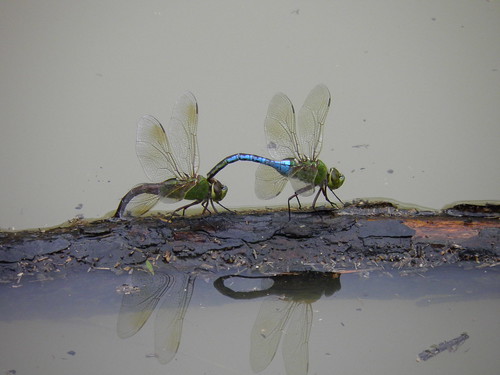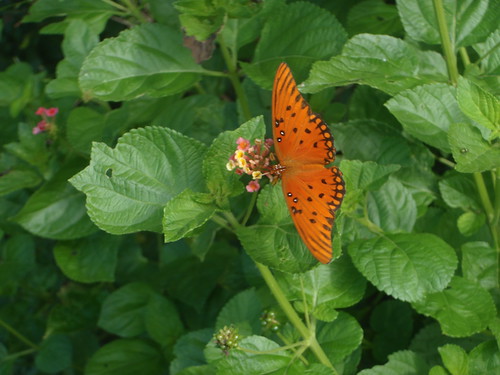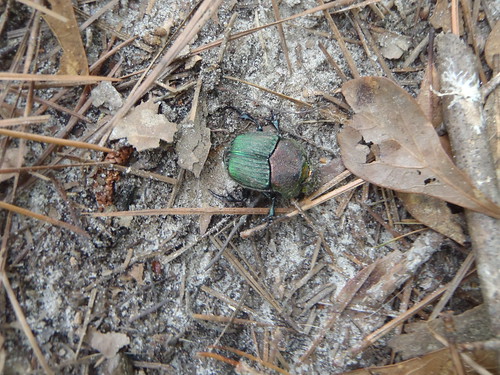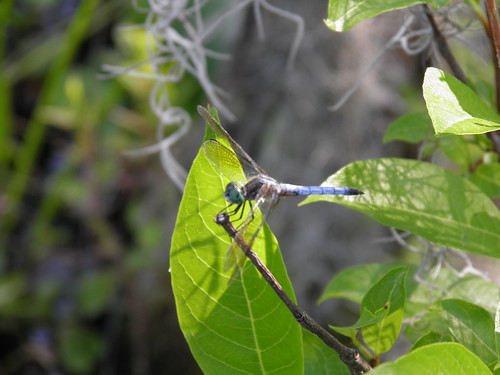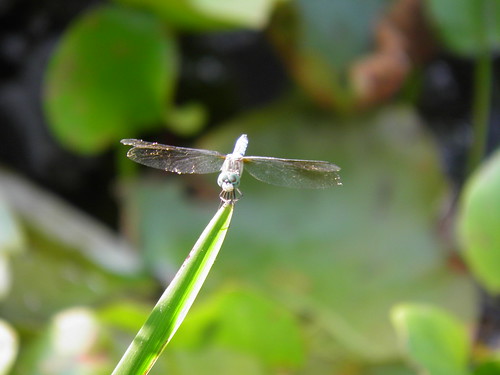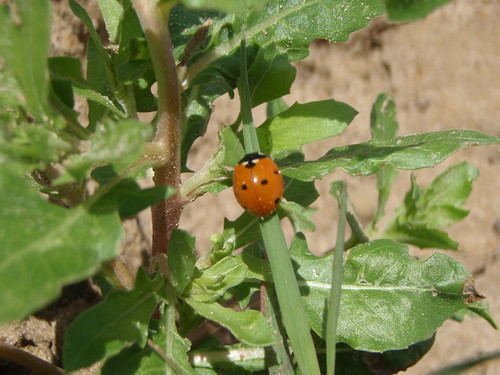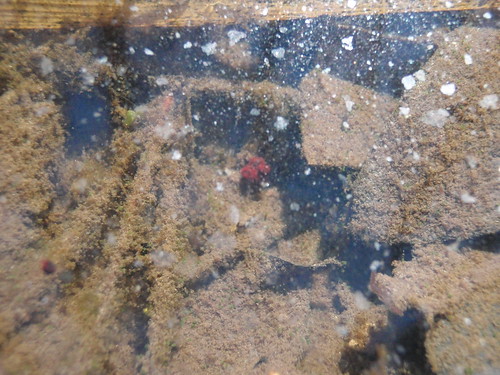 Susie Madrak writes in Crooks and Liars,
Leaked Document: EPA Scientists Warned Of Bee-Toxic Pesticide. Agency Approved It Anyway.
Susie Madrak writes in Crooks and Liars,
Leaked Document: EPA Scientists Warned Of Bee-Toxic Pesticide. Agency Approved It Anyway.
Clothianidin has already been banned by Germany, France, Italy, and Slovenia for its toxic effects. So why won’t the EPA follow? It probably has something to do with Big Agra, who loves the stuff for treating the corn seed supply.Ariel Schwartz in Fast Company a reminds us of why this matters
The world honey bee population has plunged in recent years, worrying beekeepers and farmers who know how critical bee pollination is for many crops.She includes a quote from the study:
Clothianidin’s major risk concern is to nontarget insects (that is, honey bees). Clothianidin is a neonicotinoid insecticide that is both persistent and systemic. Acute toxicity studies to honey bees show that clothianidin is highly toxic on both a contact and an oral basis. Although EFED does not conduct RQ based risk assessments on non-target insects, information from standard tests and field studies, as well as incident reports involving other neonicotinoids insecticides (e.g., imidacloprid) suggest the potential for long-term toxic risk to honey bees and other beneficial insects.
Here’s the leaked document (PDF).
-jsq

